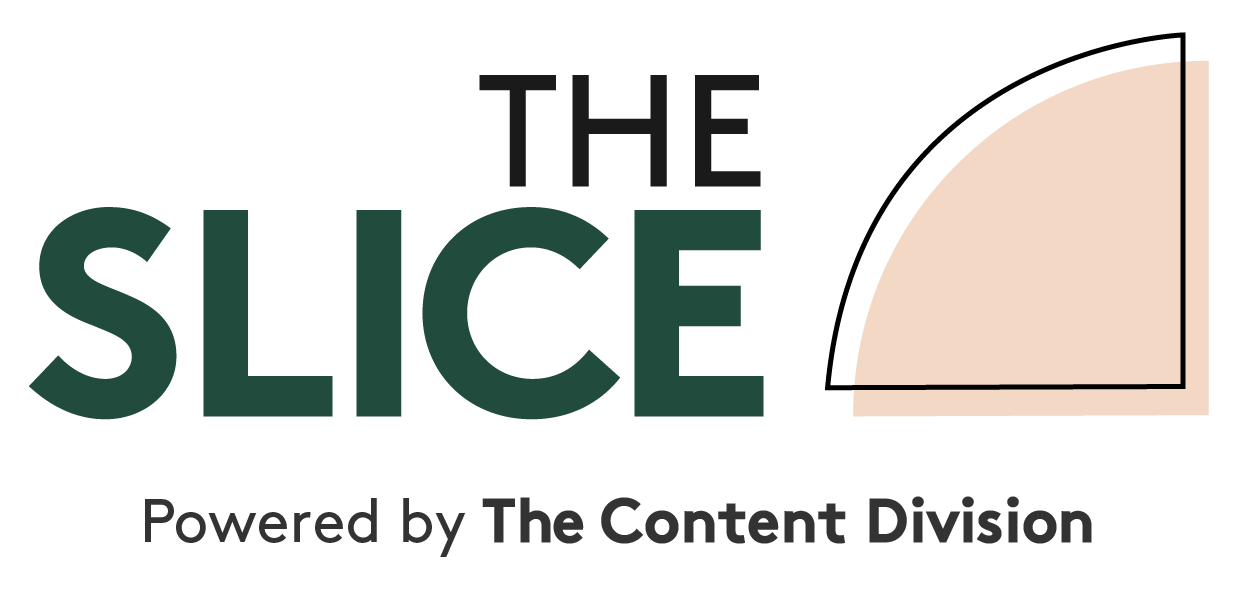
If creating your content strategy with pillars, topics, tone of voice guidelines, personas and channels is one thing, managing the consistent execution of it is a whole beast of its own. Thankfully, there’s content calendars.
From fancy spreadsheets to custom-made software, teams big and small have different ways of managing the day-to-day topics and ideas for their content creation. Add to that timings, people responsible, the relevant content pillars and how it will be distributed and you’re starting to get a picture of how complicated the whole thing can be.
Hence tech, or a spreadsheet, to sort it all out. I spoke to five experts to find out how they keep their regular content creation in order.
1. Atlassian
Natalie Mendes is the Senior Content Marketing Manager at Atlassian, making her the leader and coordinator of a wide range of content platforms and pieces across the organisation.
You won’t be surprised to hear that to manage her team’s content calendar, Mendes opts for Atlassian’s project management SaaS product Trello.
“Trello is super easy to use, you can set it up for the editorial workflow that your team has, and the best part is the calendar view so that you can see everything laid out,” she says.
“We use color-coded labels on the cards that represent each story to help us organise, and you can @ mention anyone in the company to get their input.
“There are also automation rules you can set up like reminders when a draft is due, or adding a certain person to a card at a certain stage. For example, when a story is moved into the ‘publish’ column, it adds our social media manager to it so she can prepare social promo.”
It’s clear from Mendes’ explanation that there’s more to Trello than meets the eye.
In terms of keeping the calendar full, Mendes says her team does a weekly production meeting where they review new ideas and see what’s publishing in the next 2-3 weeks.
“We invite anyone in the company to add ideas to the Editorial Calendar, so we have quite a healthy list of ideas, that we later vet and greenlight for production or not,” she says.
“We also have a weekly ‘Story Jam’ meeting where writers on our team can bring their stories that are in progress and we can talk through them together, discover new angles etc. We’ve worked a lot on our process over the past year and are happy to say this one is working well for us.”
2. Goodstart Early Learning
Belinda Reilly is the Digital Enablement Lead at Goodstart Early Learning, which puts her in charge of the highly informative First Five Years platform. Reilly says when it comes to managing content calendars, she’s never found the need for fancy software.
“I have an xls I developed years ago that I just adapt for each use,” she says.
“The spreadsheet has multiple tabs including current content calendar; social media calendars; polls and quizzes; content pillars and a tab for upcoming content ideas. The current content tab is the most complex with columns for topic; author; image link; approvals tracking; status; publication date; and a link that marries it to the website’s content pillars to ensure what is being written matches First Five Years’ vision and purpose.
“The spreadsheet costs nothing to run and everyone has the software so it’s easy to use and share when needed. It gives a really simple view of what we’re working on, what’s coming up and what’s been published in the past.”
In terms of dishing out responsibility, Reilly works with a select group of freelancers, meaning that for the most part, keeping the calendar full and the topics fresh is her responsibility.
“To keep the calendar full I monitor social media, blogs, news, sector and parenting websites to see what is happening that might be impacting parents or view what topics parents are talking about and jot them down as content ideas,” Reilly says.
“Our writers do the same. I meet monthly with each writer and we work up the topics together based on ideas we each bring to the table. I also have a governance board made up of senior members of the Goodstart Early Learning Pedagogy and Practice and Social Impact teams who pass on suggested topics that are relevant to early years learning and development, and share latest best practice research and evidence that will help families navigate the various stages of raising young children.
“I’ll also add content based on topics that recur in our Get Advice section, topics that are triggered by seasonality and some which are needed because they directly relate to our content pillars.”
Side note: I know content marketers who literally type “?” in their email search bar to see what customer enquiries they receive to form the topics for their content calendars. A fantastic approach to utility content.
3. Visit Brisbane
Lauren Boustead is the Manager of Platforms and Performance at Brisbane Marketing – Brisbane’s Economic Development Board. This puts her in charge of content coordination for platforms such as Visit Brisbane and Choose Brisbane – not a small task by any stretch.
To keep it all in check, Boustead says her team is currently using Monday as a content calendar and project management tool.
“Monday is highly visual and allows us to update the status of articles depending on where they are in the production line,” Boustead says.
“Within the product we utilise different boards for brainstorming, actively producing, as well as larger, multi-level content campaigns. Also, it’s GIF-friendly because, why not?!”
When it comes to week-to-week content ideas, Boustead says they use a combination of team meetings and data-led topics.
“Brainstorming is completed during weekly WIPs using a combination of keyword research (with tools like SEM Rush), Google trends and website research (using our own Analytics) to develop what we think is needed from an SEO perspective, as well as more fun, off-the-wall, timely and topical ideas for social media,” she says.
This process helps her to keep Visit Brisbane fresh and up-to-date (remembering that content management isn’t all about creation – but maintenance and updates too).
4. The Sukin Journal
Lani Barmakov is the Head of Digital at BWX Limited. This puts her in charge of the extremely beautiful and informative publication that is The Sukin Journal – a curation of skincare tips, lifestyle and environmental hacks, and inspirational interviews for Sukin’s customers.
She says they keep their content in order with a simple Google Docs spreadsheet.
“We collaborate with our brand team quarterly to align on which products to focus on, new product launches/other initiatives and always thinking about how to help educate our consumers. We also look at trends and SEO data to guide,” Barmakov says.
“One big thing we think is important is a 360 approach, we ensure all our channels are utilised where possible including YouTube, Instagram, Facebook and email, and evergreen content is always useful too.”
When it comes to distribution, Barmakov says their scheduling is done on Hootsuite for Instagram and The Sukin Journal is hosted on the website where they manually upload their content and imagery.
5. Sked Social
Hugh Stephens is the Founder of Sked Social – a social media management tool and the OG Instagram scheduler. For day-to-day content creation, his team uses a simple workflow tool.
“We don’t really have a structured content calendar – we have regular content areas we publish each week, and use Notion (our document system of choice) to handle the management of it from idea, to creation, to published. It’s intentionally very ‘light’ – we don’t like to overcomplicate things,” Stephens says.
“We also have adhoc stuff to manage such as contributor content and things like customer interviews. So this helps us to stay across all of that.”
There’s clearly no one-size-fits-all approach when it comes to managing content calendars and your day-to-day content deliveries with your team. However, as we’ve seen from the examples above, there’s certainly no shortage of options. Our tip is to try a few before you pick the one that’s going to be to your daily go-to. And if it’s not working, ditch it or try changing up how you use it.







